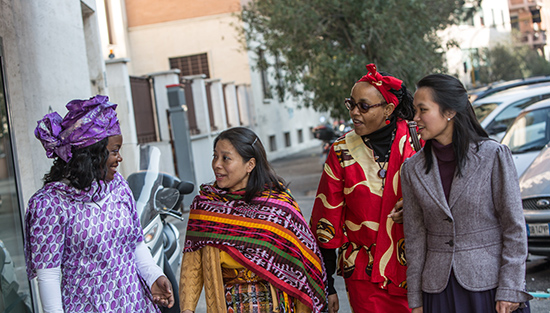El Prelado del Opus Dei, Fernando Ocáriz, ha remitido una carta a los miembros de la Prelatura que se encuentra disponible en la web del Opus Dei, en la que explica que, a raíz de la publicación del Motu Proprio Ad charisma tuendum, los hombres y las mujeres del Consejo General y de la Asesoría Central, órganos centrales de gobierno del Opus Dei, se encuentran estudiando, desde hace semanas, cómo “proceder para llevar a cabo lo que el Papa nos ha pedido sobre la adecuación de los Estatutos de la Obra a las indicaciones del Motu proprio”.
Este Congreso General Extraordinario, que se convocará para “esa precisa y limitada finalidad”, tendrá lugar el primer semestre del 2023. Siguiendo el parecer de la Santa Sede, no se limitará cambiar lo relativo “a la dependencia de la Prelatura a este Dicasterio y al paso de quinquenal a anual del informe a la Santa Sede sobre la actividad de la Prelatura”. En efecto, como destaca Mons. Ocáriz en su carta, el Vaticano ha aconsejado a la Obra la conveniencia de considerar “otros posibles retoques a los Estatutos, que nos parezcan convenientes a la luz del Motu proprio”, y que el estudio se haga de manera sosegada: “Nos han aconsejado que dediquemos sin prisa todo el tiempo necesario”.
Con este motivo, el prelado ha pedido a los miembros de la Prelatura “sugerencias concretas”, encaminadas a adecuar la labor y el desarrollo de la Obra a las necesidades de la Iglesia en la actualidad. En este sentido, Fernando Ocáriz ha querido subrayar que “se trata de cumplir lo que ha indicado la Santa Sede, no de proponer cualquier cambio que nos pudiese parecer interesante”.
Además, el Prelado del Opus Dei apunta que “junto al deseo de ser fieles a la herencia de nuestro fundador, es importante considerar el bien general que supone la estabilidad jurídica de las instituciones”, y abre la puerta a “otras sugerencias para dar nuevo impulso a las labores apostólicas” que pueden ser tratadas en el futuro.
Los Congresos Generales en el Opus Dei
Los Congresos generales son, junto al Prelado que los convoca y al que asisten, la principal instancia de gobierno dentro del Opus Dei en el nivel central. Según recogen sus actuales estatutos, en el punto 133, cada ocho años deben celebrarse “Congresos Generales ordinarios convocados por el Prelado, para expresar su parecer sobre el estado de la Prelatura y para poder aconsejar las oportunas normas para la futura acción de gobierno”.
Pueden celebrarse también congresos generales extraordinarios, como el que se celebrará en 2023, que se convocan “cuando las circunstancias lo pidan a juicio del Prelado”
El Motu Proprio Ad charisma tuendum
El Motu Proprio Ad charisma tuendum, publicado el pasado mes de julio, concretaba algunos aspectos del régimen jurídico de la prelatura personal del Opus Dei para ajustarla a lo establecido por la Constitución Apostólica Praedicate Evangelium. Este documento determina que las prelaturas personales (hasta la fecha, sólo hay la del Opus Dei) pasan a depender del Dicasterio para el Clero y no del de los Obispos, como sucedía hasta ahora.
Además, el Motu Proprio señalaba otros cambios relacionados con el Opus Dei. En concreto: por un lado, la frecuencia con la que el Opus Dei deberá presentar su informe acerca de la situación de la Prelatura y del desarrollo de su trabajo apostólico pasa a ser anual en lugar de quinquenal; por otro lado, se decide que “el prelado no recibirá el orden episcopal”. Hasta ahora no era imprescindible y no estaba recogida en los estatutos del Opus Dei, pero habían recibido la ordenación episcopal los predecesores de Mons. Ocáriz: el beato Álvaro del Portillo y Mons. Javier Echevarría.








